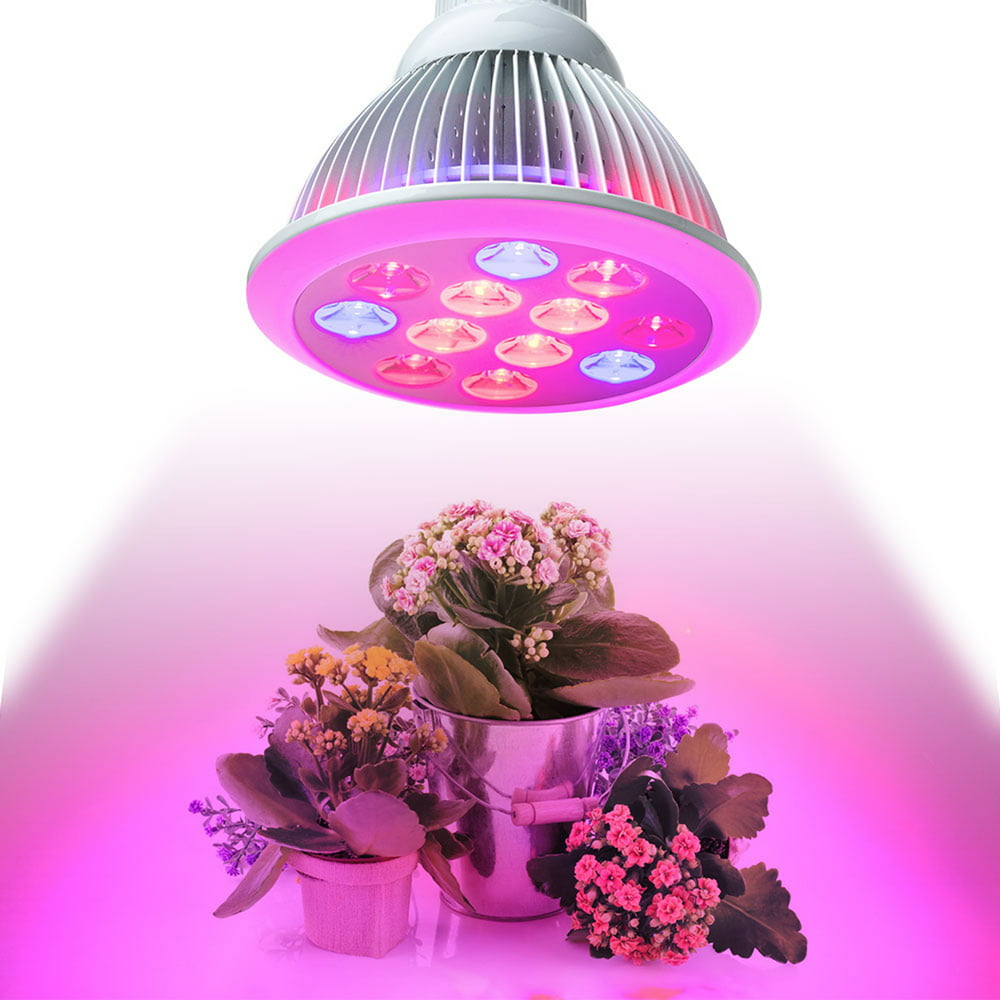LED lights have gained popularity in recent years as a sustainable and energy-efficient lighting option for various applications. One of the areas where LED lights have shown promise is in indoor gardening and plant growth. But can LED lights really grow plants? And are regular LED lights as effective as specialized grow lights?
In short, the answer is yes, LED lights can indeed be used to grow plants. However, not all LED lights are created equal when it comes to promoting plant growth. Regular LED lights, which are commonly used for general lighting purposes, may not provide the specific light spectrum that plants need for optimal growth. On the other hand, specialized grow lights are designed to emit the specific wavelengths of light that plants require for photosynthesis.
The key difference between regular LED lights and grow lights lies in their light spectrum. Grow lights are designed to provide the ideal balance of red, blue, and sometimes green light, which are the primary colors that plants need for photosynthesis. Regular LED lights, on the other hand, may not emit enough of the specific wavelengths that plants require or may emit too much of wavelengths that are not beneficial for plant growth.
So, while regular LED lights can certainly provide some level of light for plants, they are not as efficient or effective as specialized grow lights. Using grow lights specifically designed for plant growth will ensure that plants receive the right type and amount of light for healthy and vigorous growth. Whether you are growing flowers, herbs, or vegetables indoors, investing in high-quality grow lights will significantly improve your indoor gardening success.
Can LED Lights Grow Plants?
LED lights have gained popularity in recent years as a potential alternative to traditional grow lights for growing plants. This is due to their energy efficiency, long lifespan, and ability to emit specific wavelengths of light that can promote plant growth. But can LED lights really grow plants effectively?
The answer is yes, LED lights can indeed grow plants. In fact, they can be just as effective, if not more, than traditional grow lights. LED lights are available in different colors and spectrums, allowing growers to customize the light source for specific plant species and growth stages. For example, blue and red LEDs are commonly used to promote vegetative growth and flowering, respectively. LED lights also emit very little heat, reducing the risk of damage to plants.
Regular LED Lights vs. Grow Lights: A Comparison
When it comes to growing plants using LED lights, there are two types often discussed: regular LED lights and specific grow lights. Both have their advantages and disadvantages, and it’s important to understand the key differences between them.
1. Light Spectrum:
Regular LED lights emit a broad spectrum of light, including a significant amount of green and yellow light. While plants can utilize some of this light for photosynthesis, they prefer a spectrum that is rich in blue and red light. On the other hand, grow lights are designed to provide plants with the exact spectrum they need for optimal growth, typically focusing on blue and red wavelengths.
2. Light Intensity:
Another difference between regular LED lights and grow lights is the intensity of light they produce. Grow lights are specifically designed to deliver high-intensity light, ensuring that plants receive enough light energy for photosynthesis. Regular LED lights, on the other hand, may have lower intensity, as they are primarily designed for general lighting purposes.
3. Energy Efficiency:
LED technology is generally known for its energy efficiency, and this applies to both regular LED lights and grow lights. However, when comparing the two, grow lights are often more optimized for plant growth and can provide more specific light spectrums, resulting in higher energy efficiency for plant growth.
4. Cost:
In terms of cost, regular LED lights are generally more affordable compared to specialized grow lights. While regular LED lights can still support plant growth to a certain extent, the added benefits and features of grow lights often come at a higher price point.
Conclusion:
In conclusion, while regular LED lights can support plant growth to some extent, they are not as effective as specialized grow lights. Grow lights provide the specific light spectrum and intensity required for optimal plant growth, making them the preferred choice for indoor gardening. Although grow lights may be more expensive, their benefits and efficiency outweigh the cost, making them a worthwhile investment for serious indoor gardeners.



